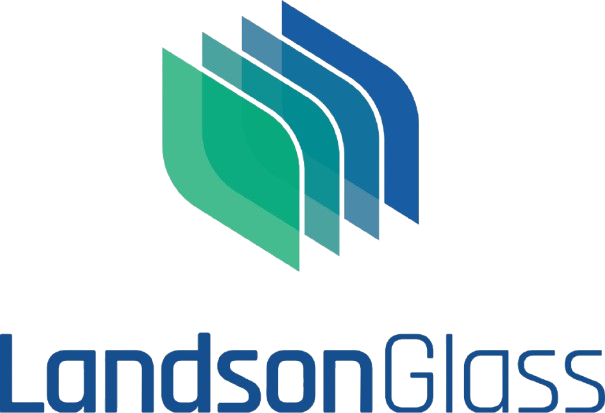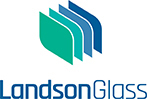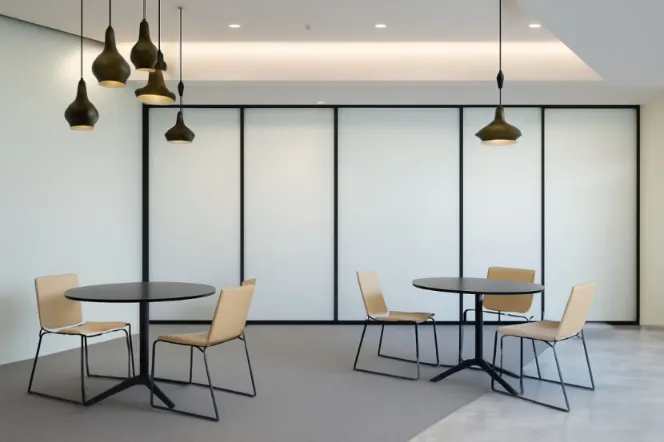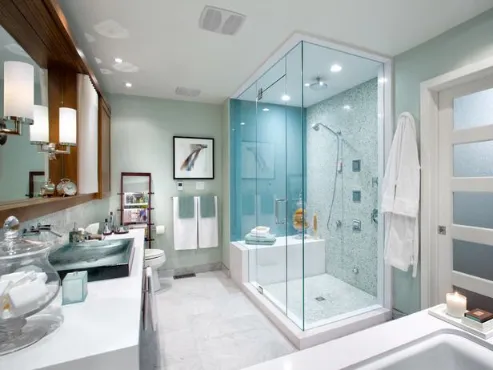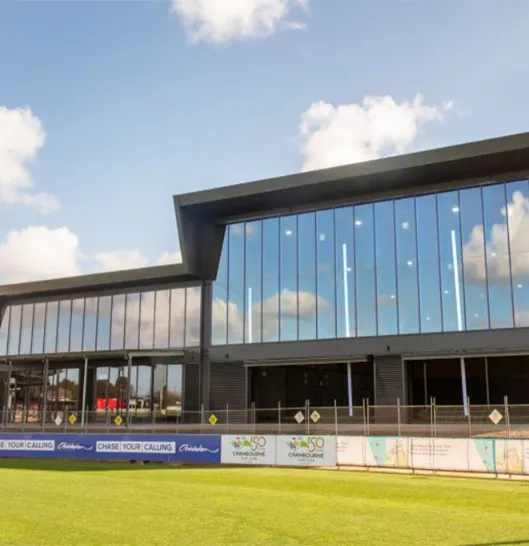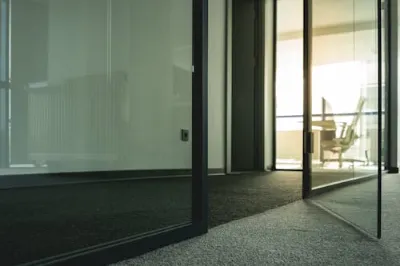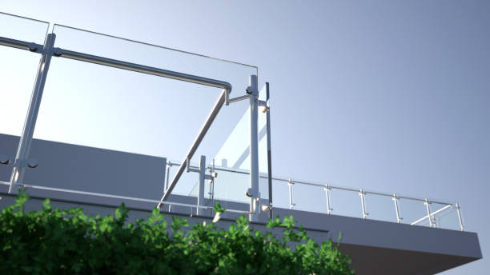
Modern cities in hot areas face a tough problem. They want buildings that look bright and welcoming. But they also need to keep out strong heat. Architects like clear glass walls that look nice. However, people inside want to feel comfortable and save on cooling costs. Solar control laminated glass solves this. It mixes safety, energy savings, and design choices in one product.
If you need a supplier that gets this balance, Landson Glass is a good pick. It follows Australian, New Zealand, and European rules. The company makes and finds smart glazing solutions for tricky building projects. They handle big panels and custom curved designs. Their work includes polishing, drilling, CNC shaping, and digital printing. They offer many laminated options, like acoustic and solar control interlayers, in thicknesses from 9.52 mm to 33.04 mm. Their glass can reach sizes of 2700 x 4580 mm. This works for large walls or fancy store displays. For hot climate projects, Landson Glass gives practical and good looking solar control options. They deliver fast and pack products well for export to fit your needs.
Why Is Solar Control Important in Hot Climate Buildings?
In warm places, sunlight does more than light up a room. It brings infrared rays that make spaces hot. Big glass windows act like lenses. They let in heat and make rooms warmer. This makes cooling systems work harder. For building owners, this means bigger energy bills. For people inside, it can feel uncomfortable. The indoor temperature may also change a lot.
How Does Solar Control Laminated Glass Manage Heat?
The secret is in the interlayer between the glass sheets. Regular laminated glass uses plain PVB. But solar control laminated glass has special interlayers. These soak up heat carrying rays. At the same time, they let visible light come through. So, rooms stay cooler without losing natural light. For example, offices can use less electric lighting during the day. They also save on air conditioning costs.
What Safety Benefits Does Laminated Glass Provide?
Safety is a big reason to choose laminated glass in hot places. Normal glass can break into sharp bits when hit. This can hurt people. Laminated glass works differently. If it cracks, the interlayer keeps the pieces together. This lowers the risk for people inside and those walking below.
Why Does the Interlayer Matter for Safety?
The interlayer is the key. It sticks the glass layers together. Even if the glass breaks, it doesn’t fall apart. This makes laminated glass great for building walls, safety barriers, and busy public spaces. In areas with storms or strong winds, the interlayer adds extra strength. It helps the glass resist impacts and pressure changes.
Can Solar Control Laminated Glass Improve Comfort Without Blocking Daylight?
People often worry that glass blocking heat will make rooms dark. They want bright spaces, not dim ones. Solar control laminated glass fixes this. It balances high light flow with heat control.
How Does It Keep Interiors Bright?
The interlayers are made to filter out infrared rays, not visible light. This lets natural brightness fill the room. For instance, a store in a hot area can stay well lit to show off products. The glass cuts glare and keeps the space cooler. So, you get clear, bright rooms without making the indoors too hot.
What Customization Options Are Available?
Every project has its own needs. Some want curved walls. Others need special patterns or colors to match the building’s look. Solar control laminated glass offers many choices.
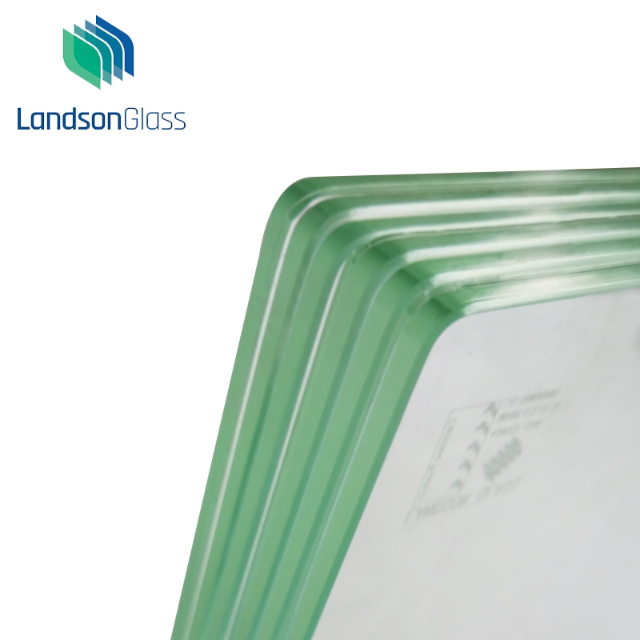
What Can You Specify for a Project?
You can pick from different interlayer types, like standard PVB, acoustic versions, SG®, or Vanceva®. Colors include clear, white translucent, grey, bronze, green, and blue. Sizes go up to 2700 x 4580 mm. Thicker multi laminated options are available for strong barriers. You can also add silkscreen frit patterns or digital printing for useful or pretty designs. The glass can have holes, cutouts, or polished edges.
Can Laminated Glass Be Curved?
Yes, curved designs are possible. They’re popular in fancy building walls or store displays. Curved glass looks striking and reduces joint lines in big setups. Curved solar control laminated glass controls heat and boosts the building’s style.
How Do You Source the Right Solar Control Laminated Glass?
Picking the right glass isn’t just about thickness or size. You need to think about the climate, location, and local rules. Solar control laminated glass meets safety standards if chosen and installed correctly.
What Should You Check Before Ordering?
Check the thickness needed for your project. For example, 9.52 mm works for windows, but structural barriers may need 33.04 mm. Choose the interlayer based on your needs, like sound control or heat reduction. Think about lead times, which are usually two to three weeks from the factory. Also, ask about packaging. Timber end caps or crates keep panels safe during shipping.
FAQ
Q1: What makes solar control laminated glass different from regular laminated glass?
A: It has special interlayers that soak up infrared rays. This cuts heat gain while letting in plenty of light.
Q2: Can it replace tinted glass in hot climate buildings?
A: Yes. Unlike old style tints that darken rooms, this glass blocks heat but keeps spaces bright.
Q3: How thick does solar control laminated glass need to be?
A: It depends on the job. Thickness ranges from 9.52 mm for windows to over 33 mm for strong barriers.
Q4: Is it suitable for curved façade designs?
A: Yes. It can be shaped into curves, perfect for modern stores or high end building walls.
Q5: How long does production usually take?
A: Lead times are about two to three weeks from the factory. Packaging is made to ensure safe delivery worldwide.
